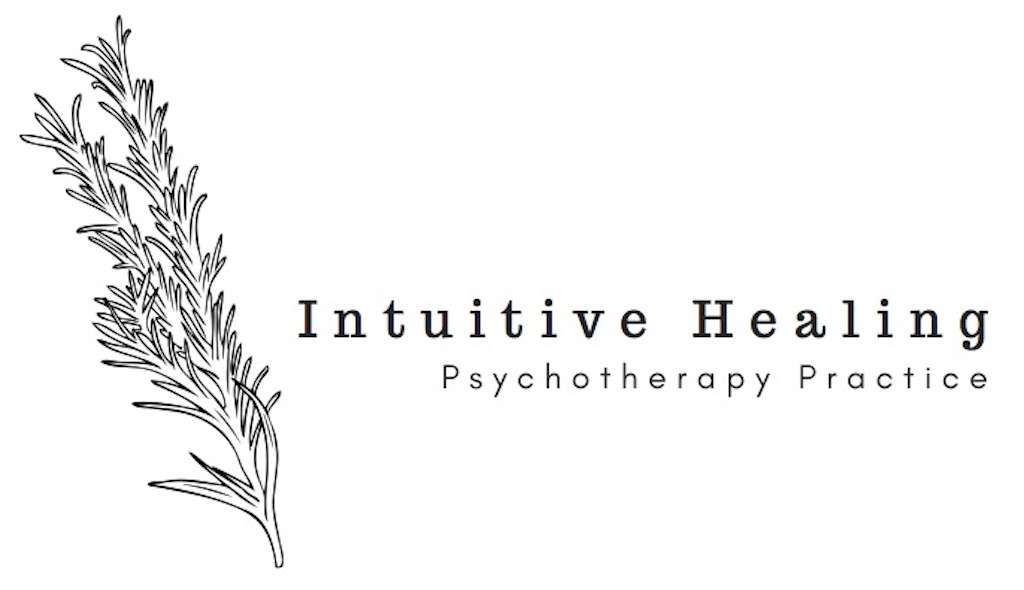A Beginner's Guide to Expressive Arts Therapy
Molly Rushing, Advanced Clinical Fellow
In my work with clients, I find that many have come across concepts like art therapy or music therapy, but few, if any, are aware of the potent yet underutilized modality of expressive arts therapy. If you are encountering this term for the first time, here is a brief overview of an approach that is at once a newer modality and a return to ancient healing practices.
What Is Expressive Arts Therapy?
Expressive Arts Therapy, or EXAT, is a form of psychotherapy that integrates multiple creative modalities into the therapeutic process. Unlike other creative therapies, such as art or drama therapy, which focus on a single modality, EXAT weaves together approaches like movement, mindfulness, visual art, writing, poetry, music, and clay. The emphasis is on the creative process, not the final product, and no artistic experience is required to benefit.
A Brief History
EXAT began to take formal shape in the 1970s, drawing from fields like psychology, art therapy, dance therapy, and music therapy. However, its foundations reach back much further. Indigenous cultures around the world have used creative expression through dance, drumming, storytelling, painting, and ritual as a means of healing and connecting. Though practiced in contemporary clinical settings today, expressive arts work still carries echoes of these ancient and community-based traditions.
Who Can Benefit
Creative practices offer unique benefits that many people find helpful, such as activating the right brain, regulating the nervous system, and offering new perspectives. EXAT can be a powerful way to tap into experiences that lie beyond language, such as trauma, grief, anxiety, and life transitions. It can also be a refreshing and empowering approach for anyone seeking deeper self-understanding or a new way to engage with therapy.
What to Expect in Session
In my practice, Expressive Arts Therapy is guided by the client's needs and comfort level. If you feel intimidated by the idea of incorporating art or movement into therapy, rest assured we always start where you're comfortable and move from there. One session might involve transitioning from meditation into mindful clay sculpting, while another might focus on exploring your inner critic through metaphor and role-playing. We may use practices such as journaling, mark-making, or somatic movement to process feelings or explore identity. I strive to make this work feel accessible for clients at all comfort levels, and I am constantly surprised by the hidden material that can surface through the artistic process.
If you're curious about exploring a deeper, more embodied path in your therapeutic journey, EXAT could be an impactful addition to your journey.
